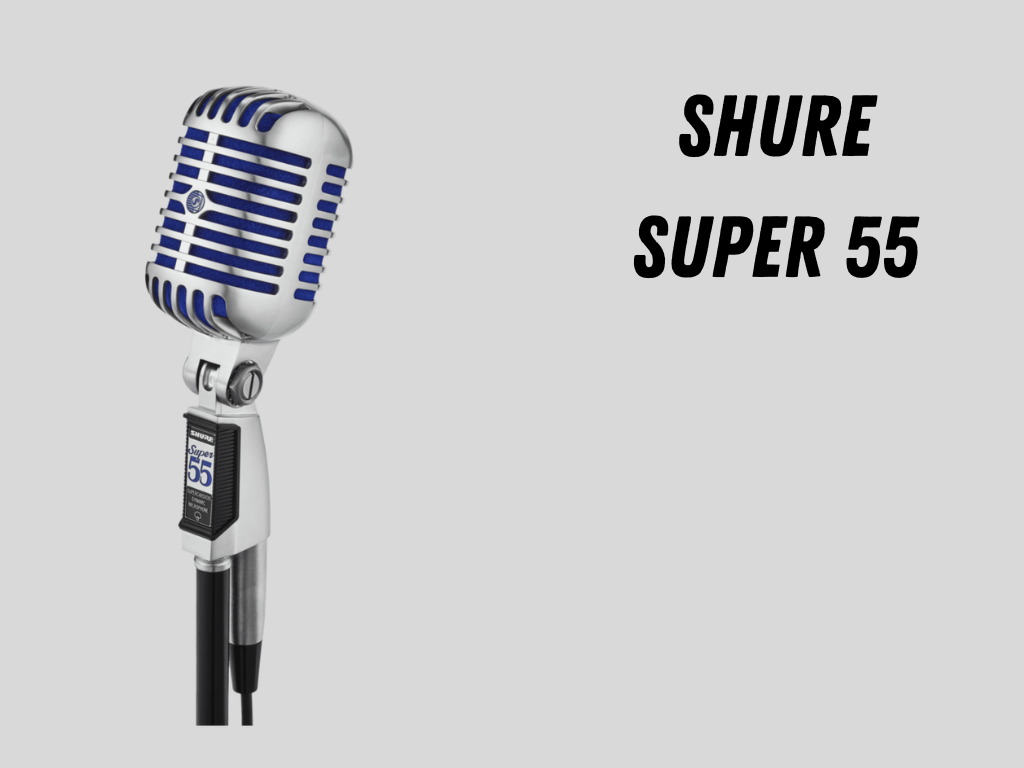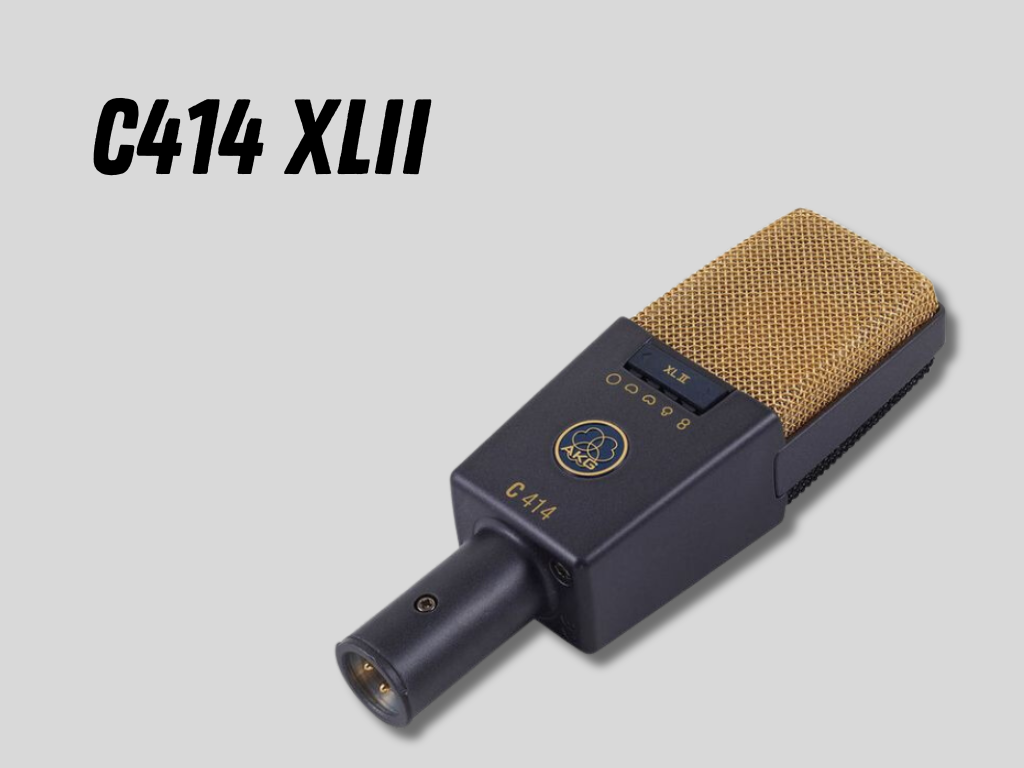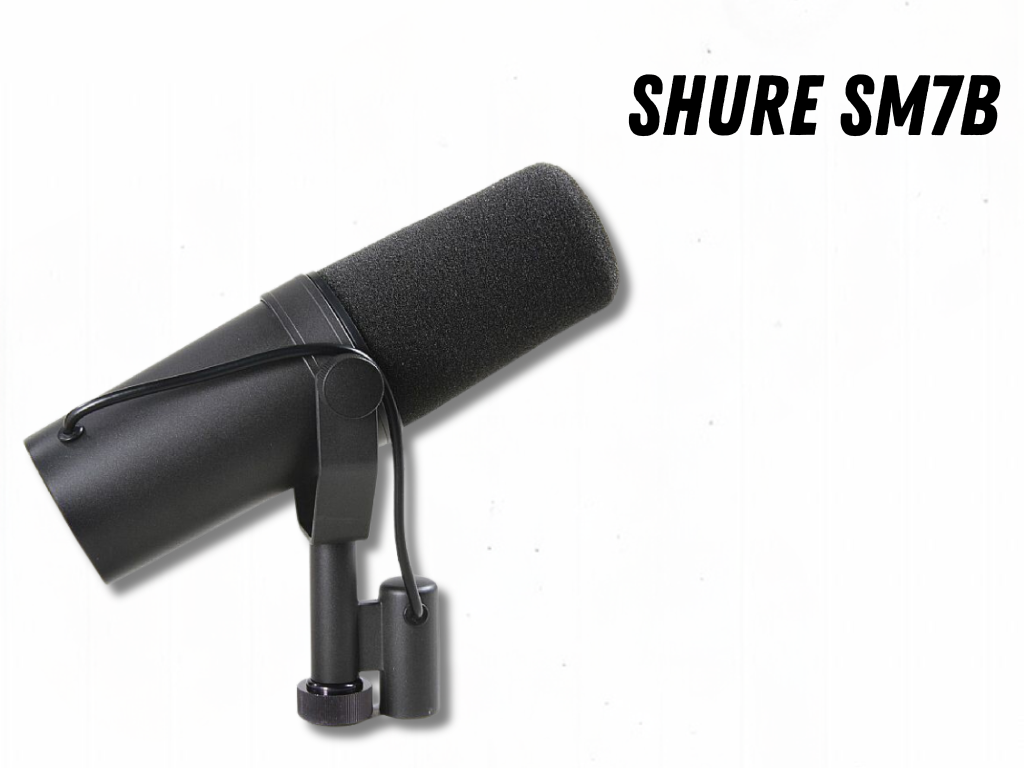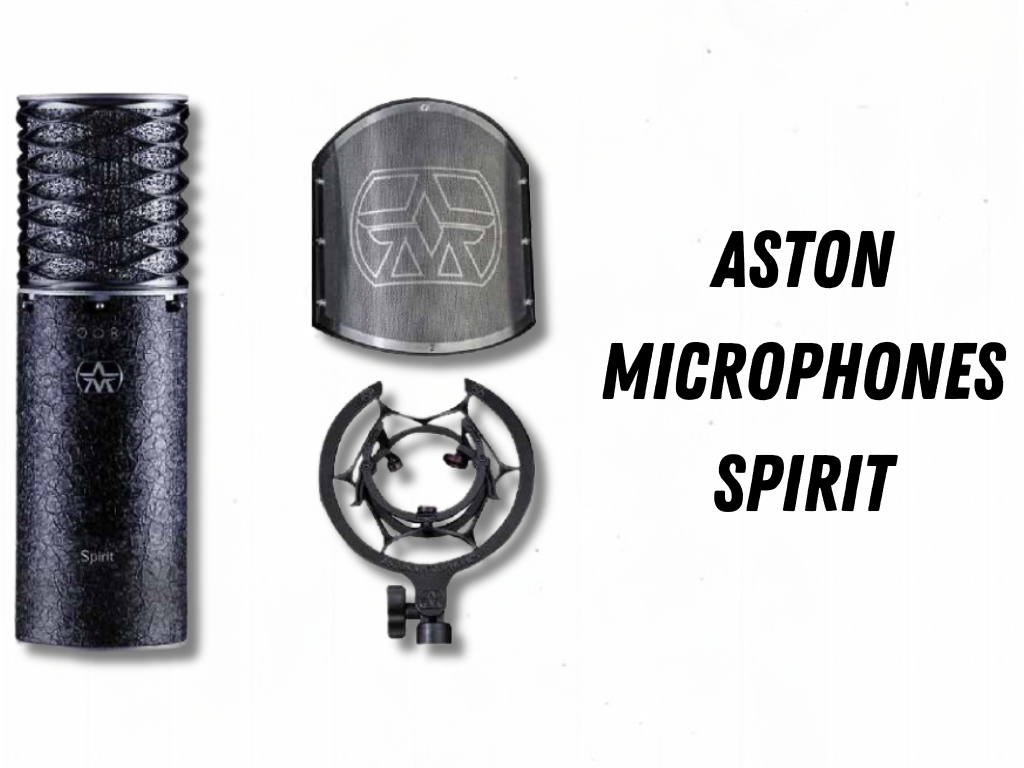Are you looking for a decent microphone to take your vocal game to another level? Whether you are a stage performer or a studio vocalist having a decent microphone that can deliver dynamic sound must be your dream. Then here we have a list of the Best Microphones For Vocals.
Sometimes buying the right microphone is a stressful deal. It can either make your day or ruin the entire hard work and performance. Although there are many good options available in the market, choosing the right one according to your requirements is the whole game. And you can’t rely on luck for this.
For example, if you want to record simple broadcasts, and voice-overs then a dynamic microphone is right for you. However, if you want to record acoustic guitar or piano vocals, you may opt for a condenser microphone.
Hence, here in this article, we’ve covered you by providing all the details about the best microphones for vocals so you can make the right choice. Therefore, without wasting any further time, let’s dig into the article.
Shure Super 55
If you are a fan of classics, then the Shuru Super 55 Microphone is surely a deal for you. The microphone is a combination of a dynamic roll-n-roll style look and modern performance. Its chrome-plated housing gives a vintage-style area whereas its super cardiogenic dynamic capsule delivers a euphonious sound while cutting out all the surrounding noises.

This microphone is used for stages, podcasts, studios, and many more. Moreover, it has an astonishing frequency response of a minimum of 60 Hz to a maximum of 17kHz. Its self-tensioning survival mounts have a turning capability of 45 degrees forward and 80 degrees backward which makes it exceptionally convenient to handle.
However, the microphone lacks an on and off button which makes it troublesome to be used on stage. But if you are a fan of retro type, then you should give this classic microphone a try.
| Sound source | Vocals | Sound field | Mono |
| Operating principle | Pressure gradient | Element type | Dynamic |
| Polar pattern | Supercardioid | Frequency range | 60 to 17 000 Hz |
| Impedance | 290 Ohms | Sensitivity | -53 dBV/Pa |
| Output connector | XLR 3-Pin | Case | Yes (zipper pouch) |
| Filters | No | Diameter | 3.1 inches |
| Length | 7.4 inches | Weight | 1.5 lbs |
Pros
- It comes with a mic stand
- Record and present smooth and clear voices
- Best for vocals
- Great isolation features
- It can also be used for recording single-instrument sounds
Cons
- Due to isolation, the background sounds are not registered
- Records pooping due to high sensitivity
- Not versatile
C414 XLII
The C414 microphones are already a standard of versatility when it comes to microphones. And now the introduction of C414 XL 2 has even raised the standards with its multi-pattern condenser which can tackle many difficult sources at once.

These microphones are used in some of the leading broadcasts, recording studios, and performance stages because of their versatility. The C414 XL 2 is packed with nine polar patterns, leading-edge technology, state-of-the-art components, and exemplary results. Moreover, it has a fantastic frequency range between 20Hz to 20kHz.
It only requires a 48-volt phantom power charge. Additionally, its advanced control mode disables all the controls for live and installation use. T also features 3-bass cut filters and a pre-attenuation level to make your vocals more sensational. The only drawback of this microphone is its out-of-budget cost. Otherwise, it is surely a statement piece to have in your collection.
| Polar pattern | OmnidirectionalHypercardioidFigure of eight | Audio frequency range | 20 to 20 000 Gz |
| Noise level | 6 dB-A | Sensitivity | 23 mV/Pa |
| Preattenuation Pad | -6; -12; -18 dB | Bass cut filter | 160 Hz80 Hz40 Hz |
| Impedance | 200 Ohms | Recommended load impedance | 2200 Ohms |
| Colors | Gold Grey | Length | 3.8 cm |
| Width | 5.0 cm | Height | `16.0 cm |
| Weight | 300 grams | Audio type | XLR |
| Gender | Male | Port | 3-Pins |
| Companion app | Yes | Vocals | Yes |
| Piano | Yes | Strings | Yes |
Pros
- Best all-in-one mic
- Very reliable and durable
- Self-noise is negligible
- A lot of controls and functions
- Good for all vocals
Cons
- Not recommended for high-end
Shure SM7B
The Shuru SM7B is considered the best XLR microphone because of its dynamic audio quality and cardiogenic sound pickup. Just a single glance over the internet will prove to you that this microphone is the most reliable on-the-go choice in most of the broadcasts, live streams, podcasts, and voice-overs, because of its amazing vocal quality and handy use.

This microphone is the perfect balance of price and performance. After looking at its amazing sound quality, you will not consider it a loss to spend $400 on a microphone. It has a built-in pop shield and shock mount, therefore you don’t need any extra peripherals. Now all you need for your studio is a stand or boomarm to adjust it on.
However, it is not truly a general-purpose microphone. If you just want a microphone for voiceovers and recordings, then it is surely a hit. But if you want a detailed recording of guitar strings or piano, then opting for a condenser microphone will be the best.
| Microphone type | Dynamic microphone | Polar pattern | Unidirectional (cardiodid) |
| Frequency range | 50 to 20 000 Hz | Mic sensitivity | -59 dBV/Pa |
| Mic impedance | 150 Ohms | Output type | XLR |
| Cartridges | Replaceable | Number of buttons | 3 (Presence boost, Mid-Range Emphasis, Bass roll-off) |
| Shock isolation yes | Yes | Pop filters | Yes |
| Transducer Type | Moving coil | Weight | 700 grams |
| Length | 7.5 inches | Companion App | Yes |
| Stand | Yes | Noise reduction | Yes |
| Output noise | 1.0 µV |
Pros
- Best value for money mic
- Also used by professionals (Micheal Jackson)
- Good for vocals-related work (podcasts, voiceovers)
- Versatile mic
- Excellent background noise cancellation
Cons
- Not recommended for live sessions
- Low frequency
Aston Microphones Spirit
The Aston Microphne Spirit is a condenser microphone with a large diaphragm and a unique look. It comes with three selectable polar patterns ranging between cardioid, omni, and figure-8 patterns. It features a 10/20db and 80Hzhigh pass filter which makes it the right choice for both in-studio and on-stage use.

It delivers a clear, shimmering, and lovely vocal that spreads a charming aroma on stage. It gives the most accurate and versatile vocal results and it is compatible with acoustic guitars and piano performances with its excellent build quality. It is capable of tracking even the trivial details in the vocals and delivering them without any glitches or harshness.
Therefore, if you are looking for a microphone with great vocals and a decent price range, then Aston Microphone is surely a hit. There is indeed no reason for not buying the Aston Microphone Spirit unless you don’t want to take your production quality to the next level.
| Microphone type | Condenser microphone | Diaphragm | Large |
| Frequency range | 20 to 20 000 Hz | Sensitive of omnidirectional | 23.7 mV/Pa |
| Sensitivity of unidirectional | 21.7 mV/Pa | Impedance | 1000 Ohms |
| Pad | -20 dB | Maximum SPL | 138 to 148 |
| Filter | Yes (80 Hz) | Output type | 3-Pin XLR |
| Length | 6.4 inches | Diameter | 2.3 inches |
| Weight | 700 grams | Shock mount | Yes |
| Pop filter | Yes | Case | Yes |
Pros
- 3 different polar patterns
- High sensitivity
- High SPL of 138 to 148
- It comes with pads and low-cut filters
- Amazing product design
- Very long-lasting
- Versatile
Cons
- A bit higher cost
- Issues with cardioid polar pattern
- The phantom power requirement is more than 48 volts
- Little heavy
Bottom Line
I hope you found this guide helpful and chose the most suitable microphone according to your needs. Do not forget to mention your favorite microphone in the comments.

